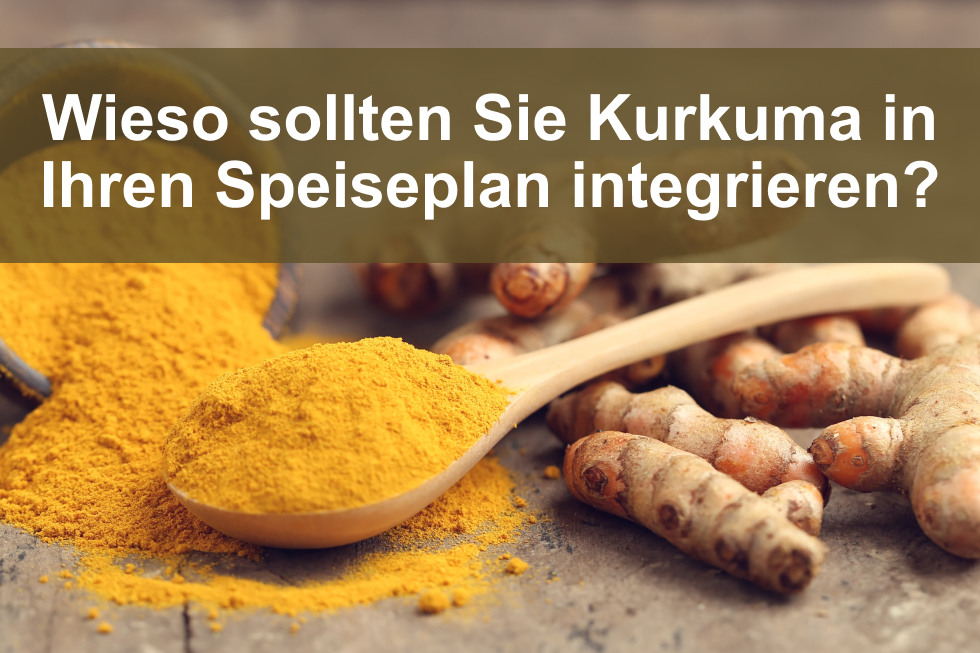A brief introduction – where does turmeric come from and what is it?
It is a characteristic yellow-orange Indian spice derived from turmeric roots – a plant of the ginger family. Turmeric grows in the form of a rhizome, a root or an underground stem and eventually becomes a powder and should be stored hermetically. Its history goes back to ancient Southeast Asia, where it was used in antiquity as a paint or food additive. Currently, the largest arable crops of turmeric are in Sri Lanka, Peru, Taiwan, Australia and Western India, among others.

The fascinating history of turmeric
In addition to its countless applications for a healthy lifestyle and care of the body, it has been used as a dye since the earliest years. It was formerly used in various religious and local rituals. To this day, he contributes to giving color to sacred garments that serve the followers of the Hindu religions. It is a natural and cheap dye that can be used to dye rice, pasta and even blonde hair, clay or clothes.
Advantageous properties – from the kitchen
The key to the effect of turmeric are compounds with medicinal properties – curcuminoids. The most important active ingredient is curcumin, which is known for its health-promoting properties. It is very important to combine turmeric with pepper, as piperine increases the intake of curcumin into the bloodstream by an astonishing 2,000 percent. For calorie counters, the good news is that turmeric contains very few of them – especially since it is a spice powder that is hard to exaggerate. In addition, it contains fiber to support intestinal peristalsis and more regular, healthier toilet visits. Turmeric is a source of minerals that are important for maintaining health – including B vitamins, riboflavin, folic acid, niacin, calcium, iron and magnesium. When you add it to your meals, you provide your body with vitamins E and K, which have a positive effect on the maintenance of youth by protecting the cells from the harmful effects of free radicals. There are also substances in turmeric that exhibit biological activity, the so-called essential oils, which are responsible for their characteristic, pleasant odor. Research on this valuable Indian spice has not yet been completed, newer health effects are being tested, and the growing list of health-promoting properties is surprising. Researchers say that the level of turmerone, which has a positive effect on brain cells, can reduce the risk of stroke, azheimer’s disease and depression. The intake works well with psychological therapies and the treatment of personality disorders. Turmeric is also used to prevent cancer. It has the ability to destroy cancer-infected cells. It has a good and gentle effect on the digestive system by stimulating the secretion of bile and secretin. It is used to treat viral infections, effectively inhibits the proliferation of pathogens and enables faster recovery. Fights fungi and bad bacteria. If you feel worse, it is therefore worth using turmeric and using natural methods to heal. The effect on blood sugar and cholesterol levels was also tested, which of course ended with a positive result, as it lowers the level and brings the body into balance. Due to its ability to treat glaucoma and conjunctivitis, it has a positive effect on our eyes. Due to the high fiber content, metabolic changes take place faster and more effectively, which is why the consumption of turmeric influences weight loss and maintains a slim figure. It is worth using it in your daily diet. There are many ideas for using it, and the only limitations are your imagination. You can sprinkle it on meat, tofu, salads or so-called warm «golden milk» with cinnamon. It will vary the color of the dishes, just add it to rice, pasta and even pancakes to get a golden, unique color and an oriental flavor. Much of its content is found in prefabricated curry or garam masala, which are traditional for Indian cuisine. It is a great addition to a healthy diet and takes care of the body from the inside.
Applications of turmeric in cosmetics
It plays a leading role as a dye in cosmetics. It is an addition to pigments and eyeshadows as well as some bronzers that add color to the skin. In addition, it is also used in the fight against acne due to its anti-inflammatory properties. It regulates the secreted sebum, cleanses and brightens discolorations. The turmeric mask can be made at home from various natural ingredients. The ability to combat ageing by inhibiting free radicals also contributes to the group of benefits. Regular use of turmeric inside and out results in a younger looking and healthy complexion.
Contraindications
Frequent use is not recommended in pregnant women, persons taking anticoagulants and patients with gallstone disease.
